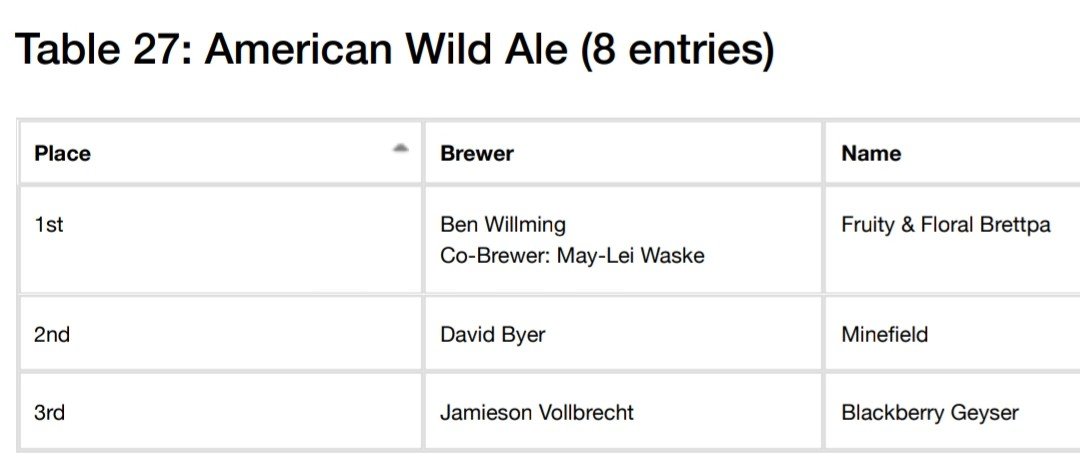RPh_Guy
Bringing Sour Back
Right, acidity suppresses yeast expression.So you are also saying that if you do not want yeast to contribute flavor, fully, you can pitch earlier in the process.
Pre-soured wort fermented with US-05 is lager-like.
Post-soured beer (delayed bacteria) has full yeast expression. Great for flavorful yeast.
Co-soured beer (both pitched at the same time) is somewhere in the middle, depending on various factors. Most convenient.

















![Craft A Brew - Safale BE-256 Yeast - Fermentis - Belgian Ale Dry Yeast - For Belgian & Strong Ales - Ingredients for Home Brewing - Beer Making Supplies - [3 Pack]](https://m.media-amazon.com/images/I/51bcKEwQmWL._SL500_.jpg)










































